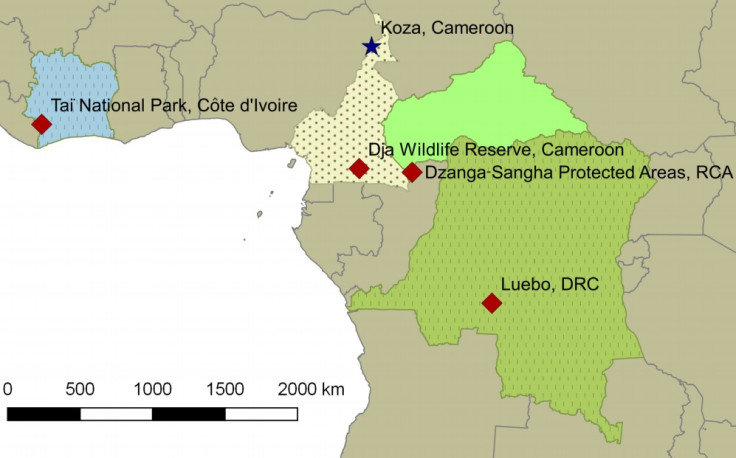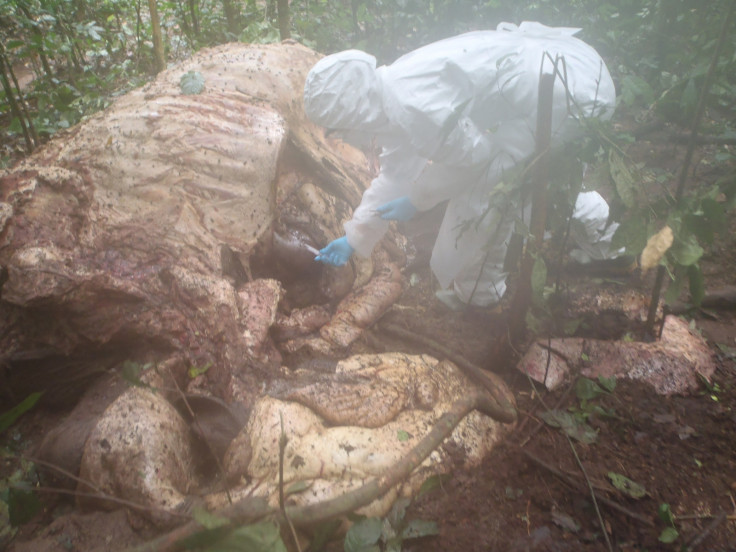Mystery anthrax-like disease is killing elephants and gorillas across Africa
Scientists warn against consumption of dead wildlife in regions where the disease has been found.

An anthrax-like disease has been discovered in four countries in Africa, having killed elephants, gorillas, chimps and goats. Researchers have warned the newly discovered distinct and deadly pathogen could pose a risk to human health, saying increased surveillance of the regions where dead animals have been found is needed.
Anthrax is a potentially fatal disease for most mammals. It occurs through contact with spores of the bacteria and causes a range of symptoms depending on how it is contracted. It is caused by the pathogen Bacillus anthracis, spore-forming bacteria found naturally in soils around the globe.
In 2001 and 2002, researchers discovered anthrax-like infections in wild western chimpanzees in the Ivory Coast. Strains showed the pathogen was "almost identical" to B. anthracis. Between 2002 and 2004, a western lowland gorilla and wild central chimpanzees were found dead in Cameroon. Tests showed they had died of the same mystery disease. In March 2012, a goat that recently died was found to have the infection in the DRC.
Finally, in September 2012, forest guards found a dead forest elephant at Dzanga-Ndoki National Park in the Central African Republic. The carcass had been partly opened – probably by scavengers or hunters. A lowland gorilla was found in the same area four months later. Both elephant and gorilla were found to have died from the new strain.

A study published in the journal PLOS Neglected Tropical Diseases has now identified the pathogen as being a distinct clade separate from other disease-causing pathogens. B. anthracius has two close relatives, B. thuringiensis and B. cereus. The ability for these to cause disease depends on virulence factors, including the presence of plasmids called pXO1 and pXO2.
The new strain appears to have evolved from a B. cereus strain but possessed both pXO1 and pXO2 - 'anthrax' plasmids. After evolving from a different strain it took on the lifestyle of B. anthracis, they said. Because of these duel features, researchers have called the new strain B. cereus biovar (bv) anthracis.
Detailed analysis of the B. cereus bv anthracis showed the isolates within it differed, with some able to move in liquid and some being resistant or sensitive to penicillin – this suggests the clade has existed and evolved for some time.
Concluding, they wrote: "Our findings show the existence of a discrete clade of the B. cereus group capable of causing anthrax-like disease, found in areas of high biodiversity, which are possibly also the origin of the worldwide distributed B. anthracis.
"Establishing the impact of these pathogenic bacteria on threatened wildlife species will require systematic investigation. Furthermore, the consumption of wildlife found dead by the local population and presence in a domestic animal reveal potential sources of exposure to humans."
© Copyright IBTimes 2025. All rights reserved.






















